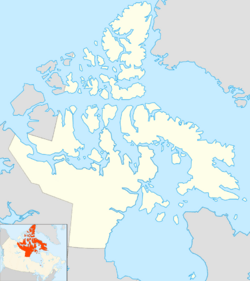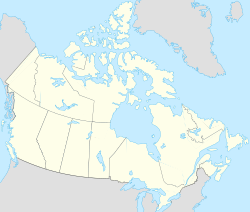Gretha Islands facts for kids
| Geography | |
|---|---|
| Location | Eureka Sound |
| Coordinates | 78°55′N 084°30′W / 78.917°N 84.500°W |
| Archipelago | Sverdrup Islands Queen Elizabeth Islands Canadian Arctic Archipelago |
| Total islands | 3 |
| Administration | |
| Territory | Nunavut |
| Region | Qikiqtaaluk |
| Demographics | |
| Population | Uninhabited |
The Gretha Islands are a small group of three islands located in the far north of Canada. You can find them in a large area called Nunavut, which is a territory in the Canadian Arctic. These islands are special because no one lives on them – they are completely uninhabited!
The Gretha Islands are part of several larger island groups. They belong to the Sverdrup Islands, the Queen Elizabeth Islands, and the huge Canadian Arctic Archipelago. They are found in a body of water known as Eureka Sound. This sound is where Bay Fjord meets the sea, north of Ellesmere Island's Raanes Peninsula and east of Stor Island.
Discovering the Gretha Islands
The three Gretha Islands were given their name by a famous explorer from Norway. His name was Otto Sverdrup. He explored many parts of the Arctic.
Who Was Otto Sverdrup?
Otto Sverdrup was a Norwegian explorer who lived from 1854 to 1930. He was a skilled sailor and adventurer. Sverdrup led several important expeditions to the Arctic.
Sverdrup's Arctic Journeys
One of Sverdrup's most famous trips was from 1898 to 1902. During this expedition, he explored and mapped large areas of the Canadian Arctic. He discovered and named many islands, including the Gretha Islands. His work greatly helped us understand the geography of this remote part of the world.



